The study will be led by Dr. Ben Hechler, MD, DDS, a Craniomaxillofacial Surgeon and Head and Neck Oncology Surgeon at Duke University Hospitals in Durham, North Carolina. The research study will utilize the intraoral telehealth device, TelScope Telehealth System, for early detection of oral potentially malignant disorders (OPMDs) and oral cancers, interprofessional collaboration, and minimizing unnecessary outpatient visits.
“Examine, capture, connect.” The TelScope Telehealth System is an illuminated intraoral examination, imaging, and telehealth device designed and developed for professionals and their patients. This device enables the user to complete an intraoral examination, and then transform any smart device into an intraoral camera to capture and connect a superior quality intraoral telehealth image or video. The TelScope Telehealth System incorporates illuminated retraction, depression, and intraoral imaging and video of the throat, palate, oral cavity and teeth, all within the palm of one hand. The system provides a straightforward, user-friendly intraoral telehealth solution for use in clinics, hospitals, and homes by providers, specialists, and their patients to connect anywhere, anytime.
“The purpose of this study is to implement the TelScope Telehealth System and determine if the TelScope can adequately detect new oral and oropharyngeal lesions or changes in existing lesions in the remote setting and minimize unnecessary in-office visits,” states Dr. Hechler. “We also hope to determine the functionality of the TelScope as compared to the current remote monitoring standard, which is simply a patient’s cellular telephone alone.”
“We are proud to partner with Duke to study the first intraoral smart device pilot that has the potential to enable and empower doctors and patients with intraoral communication for pre- and post-op care,” said Jennifer Holland, CEO and Founder of Holland Healthcare, Inventor of the TelScope Telehealth System, and Virtual Oral Healthcare Pioneer.
Access the official Press Release.


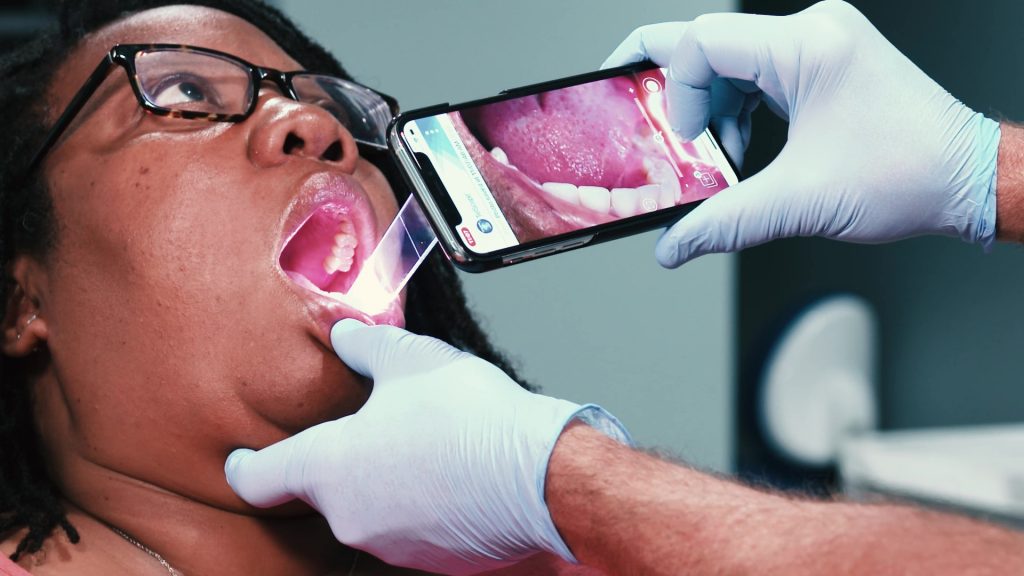
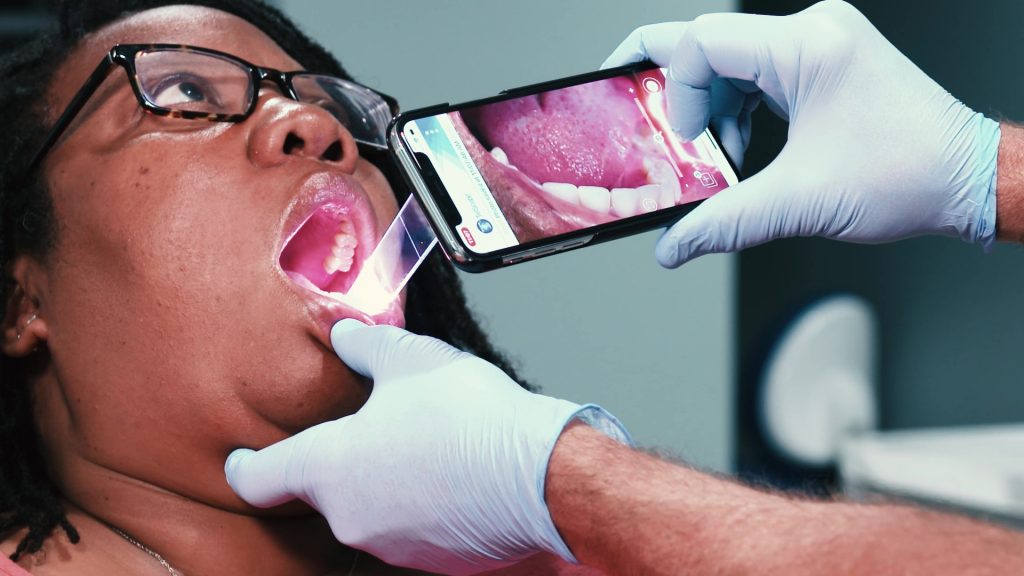

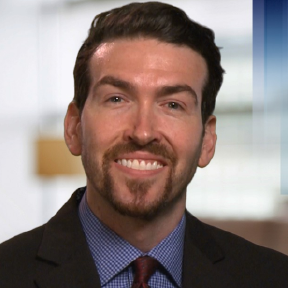




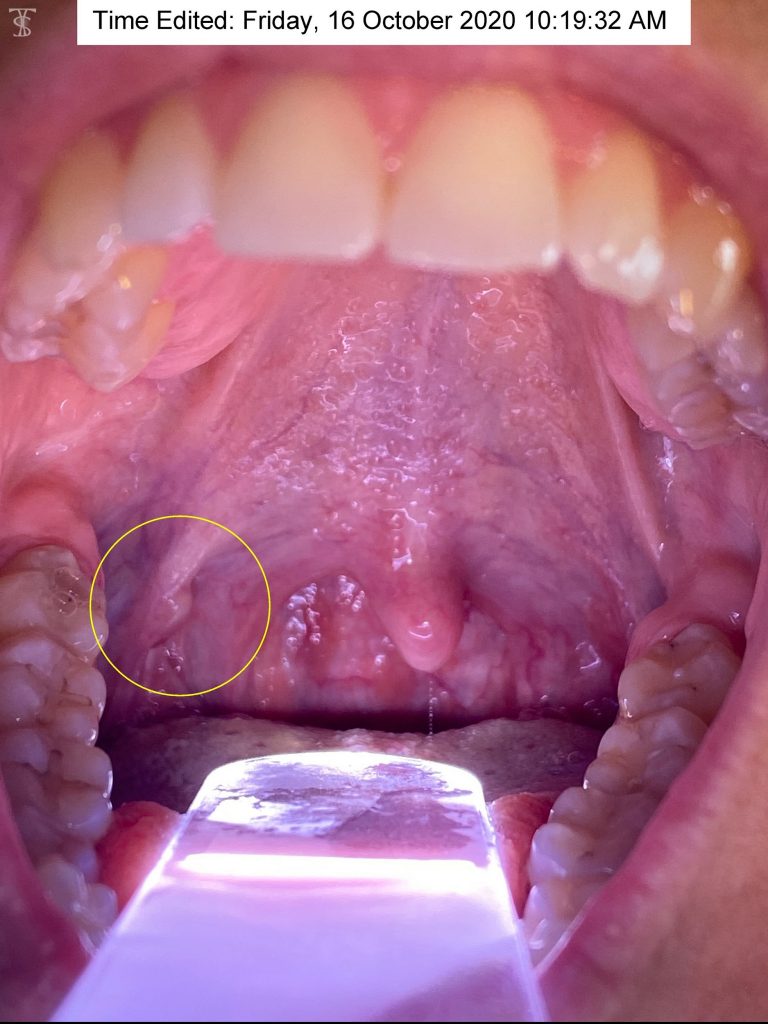
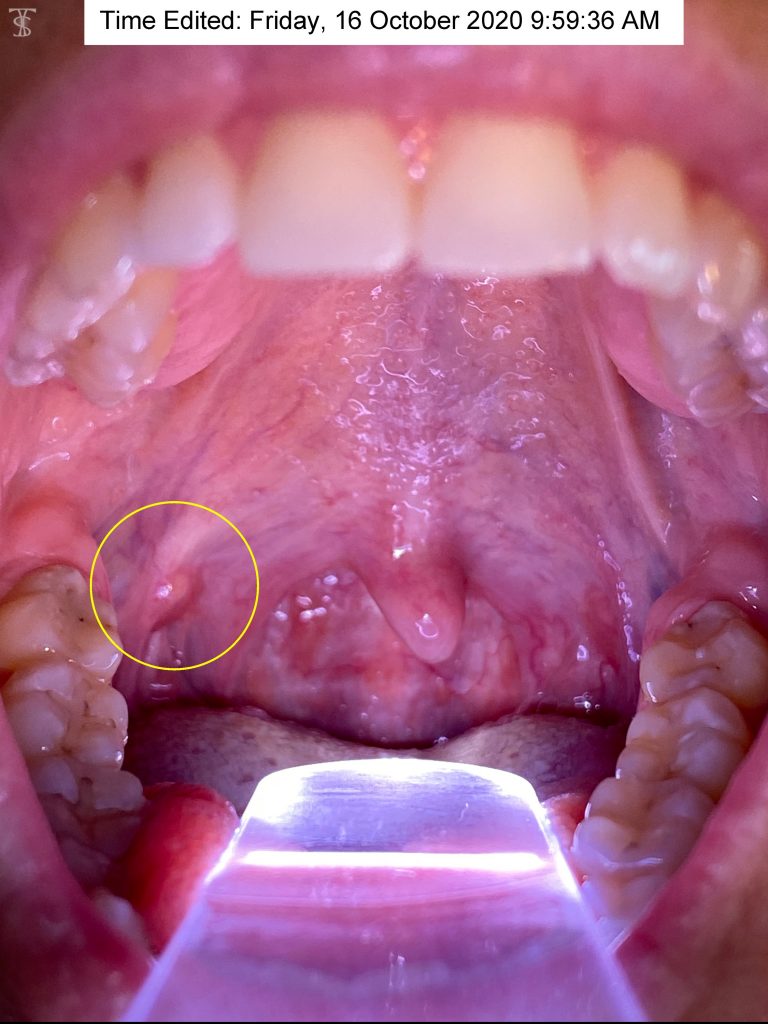
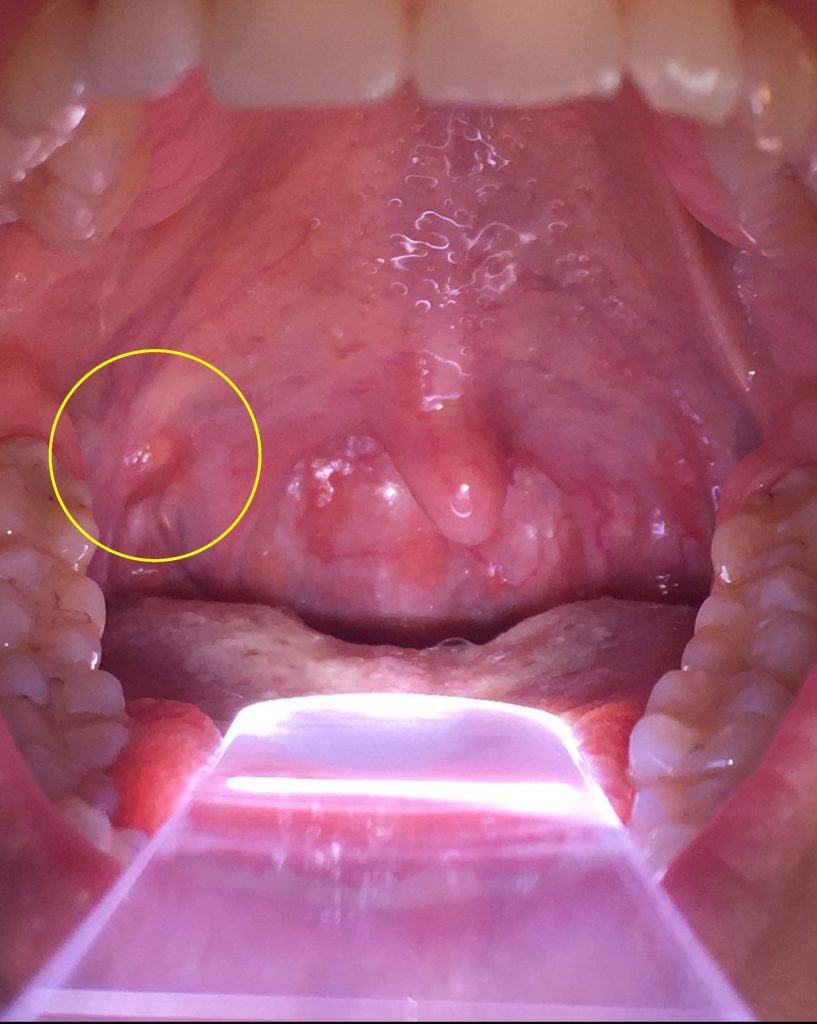

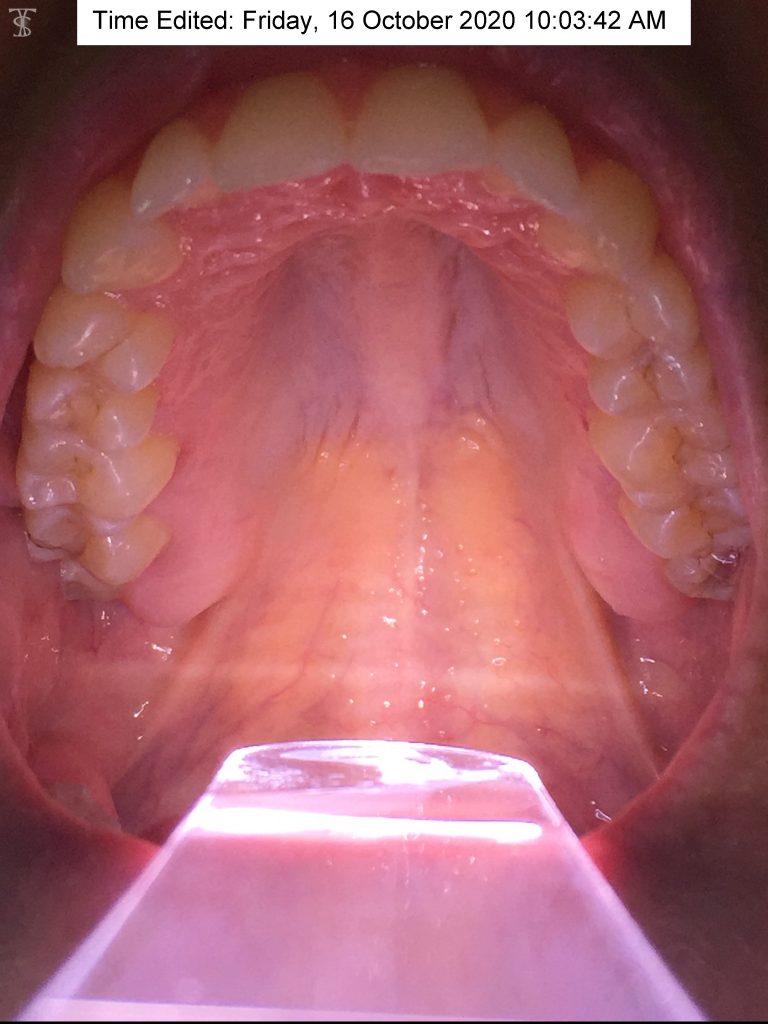
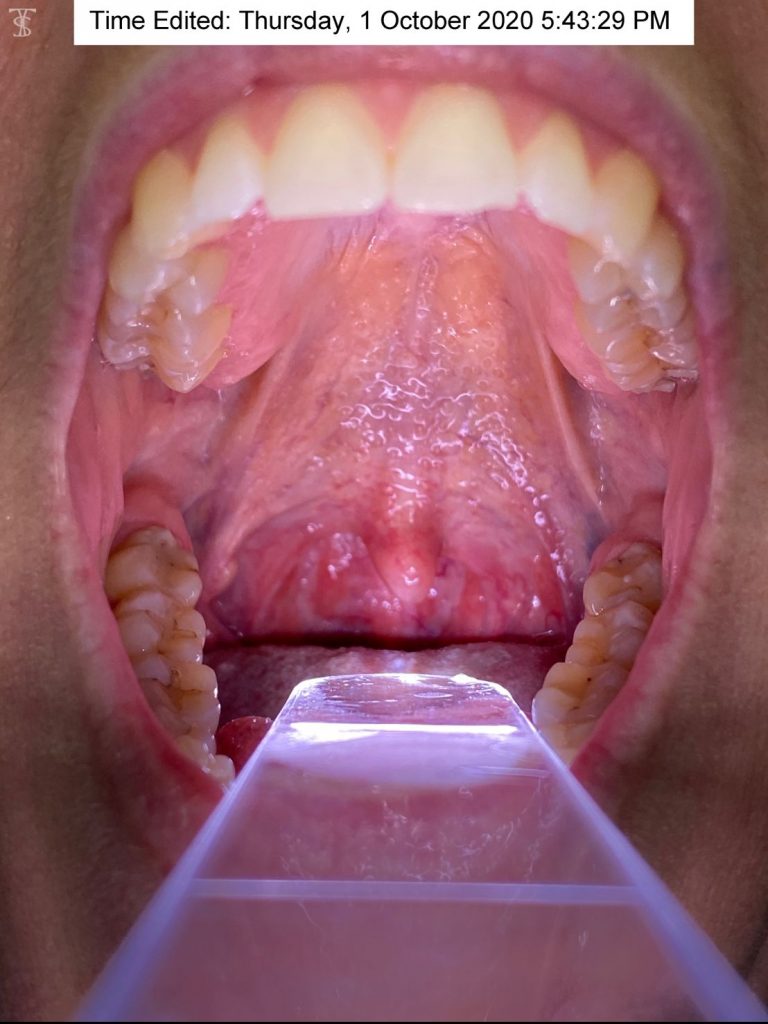

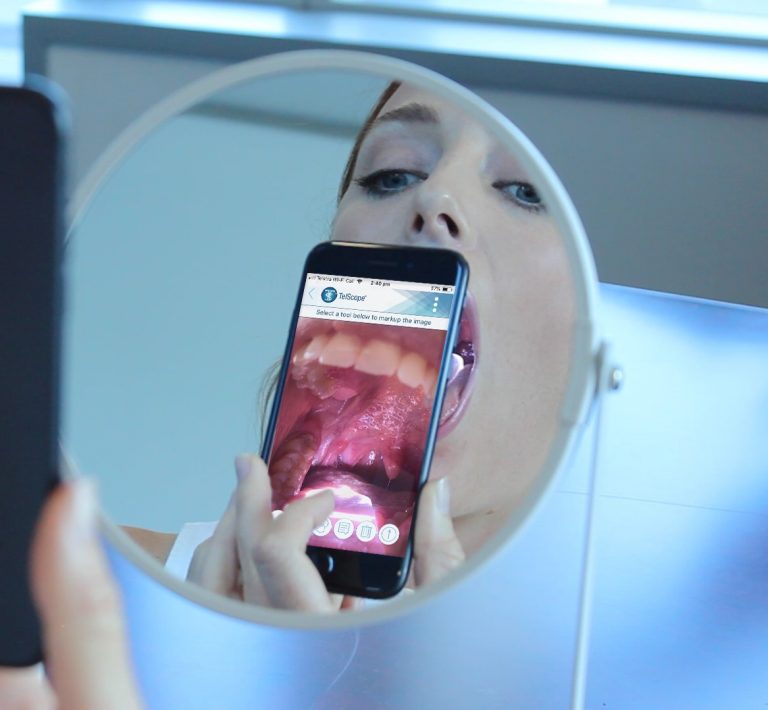
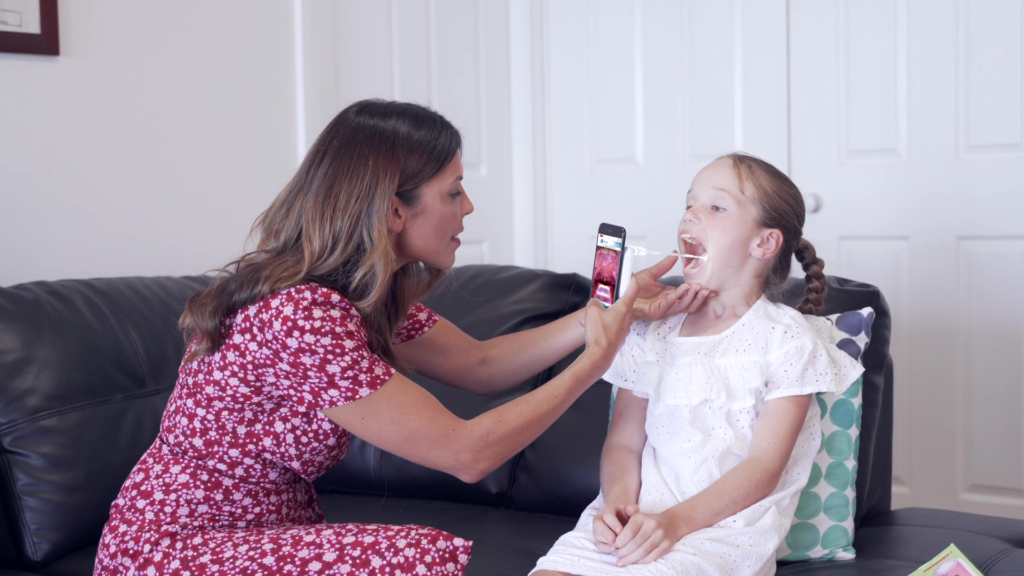

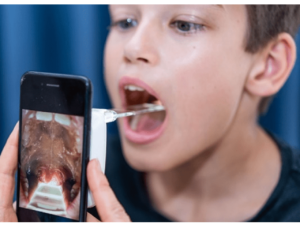
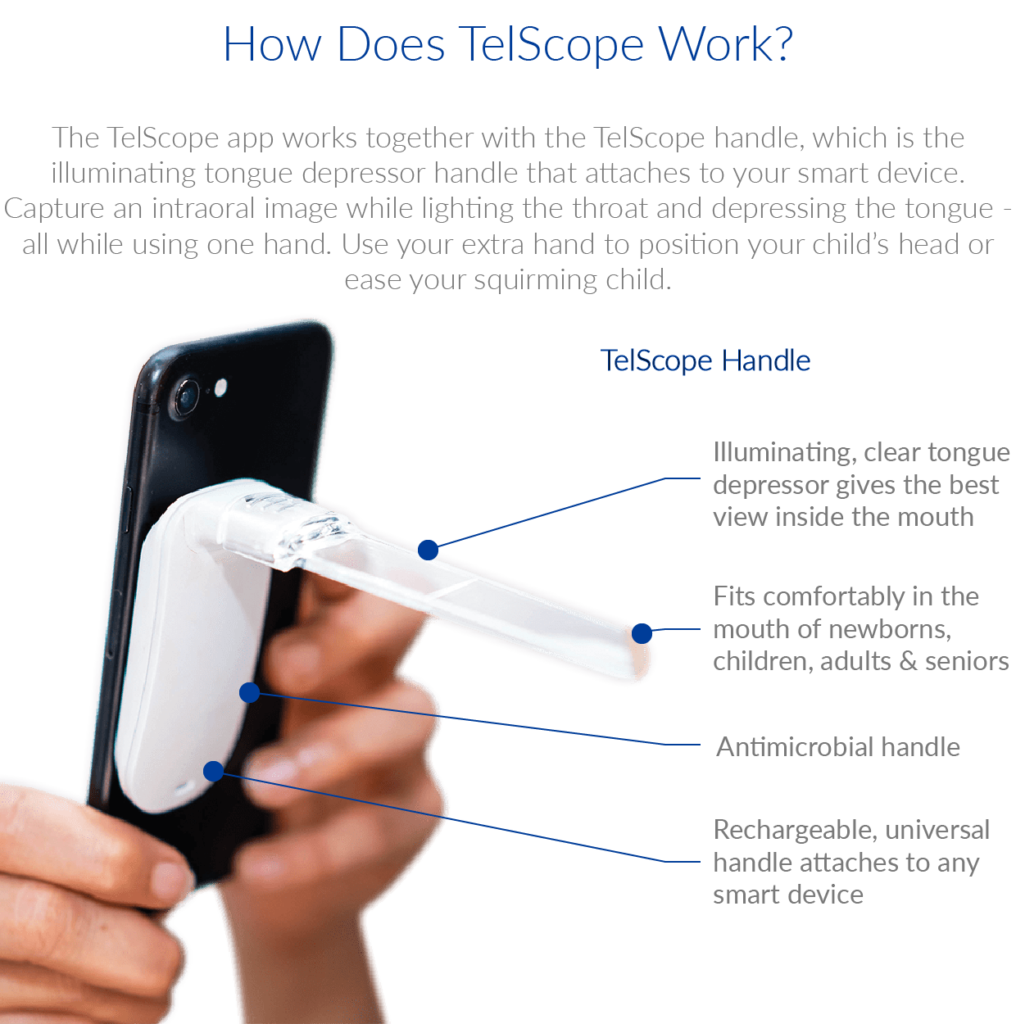
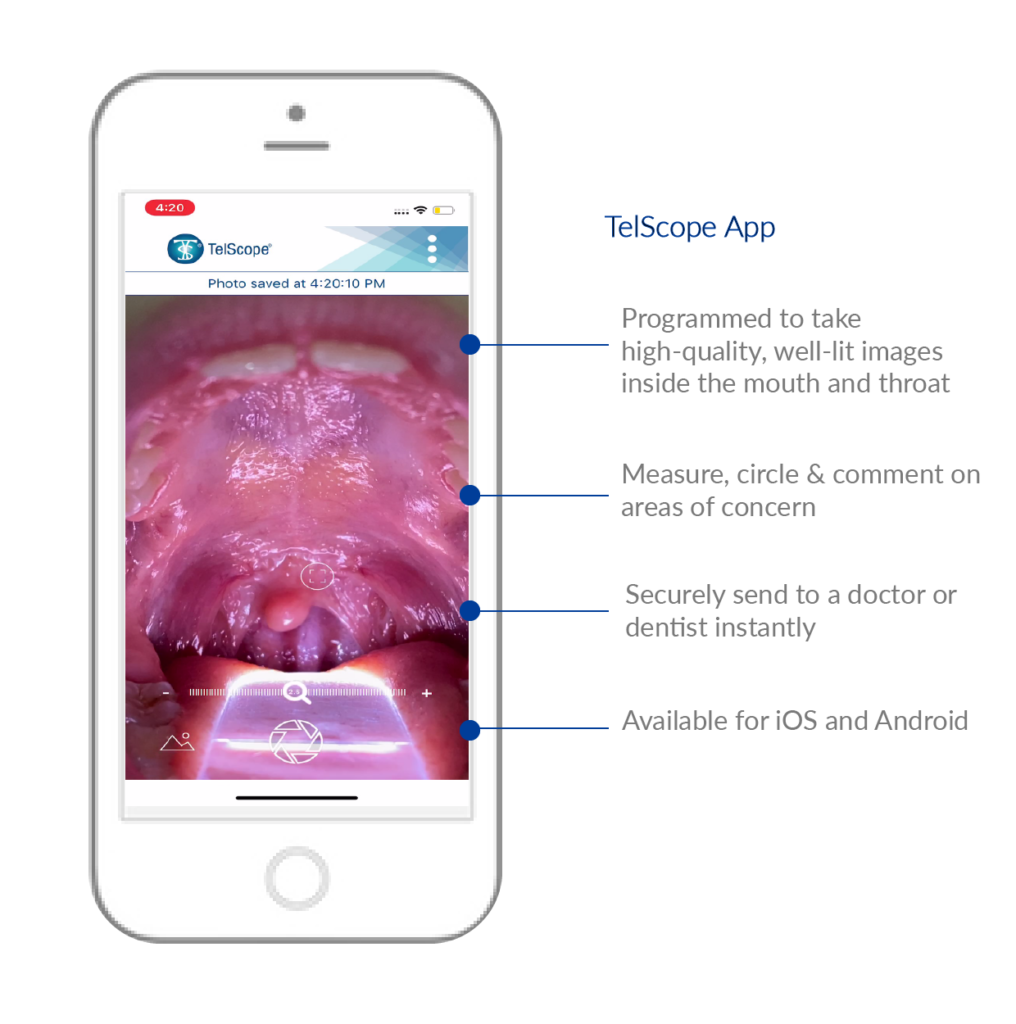
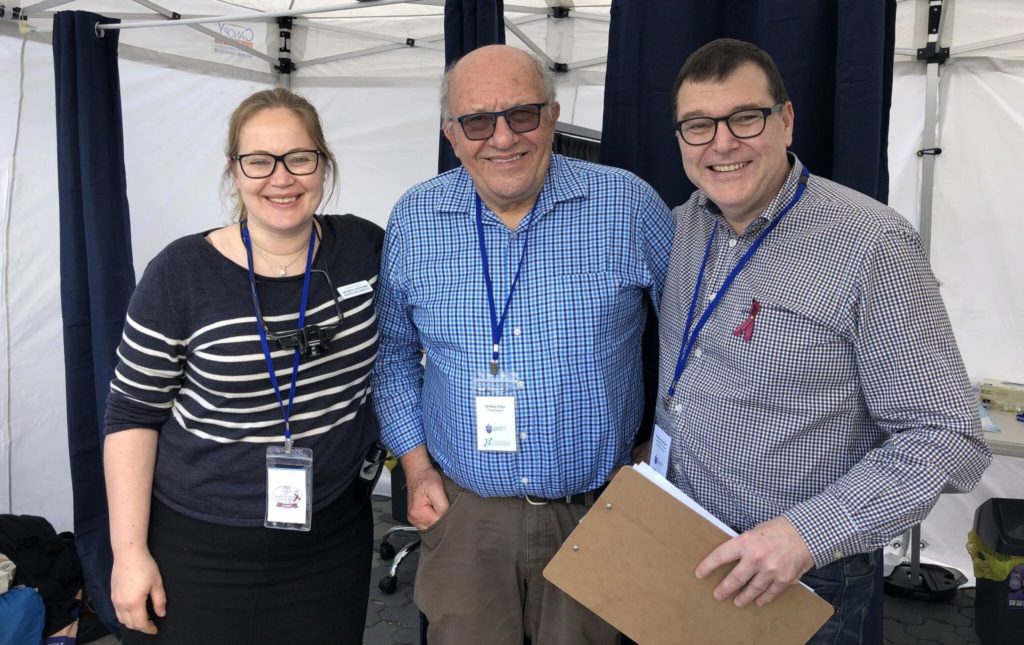





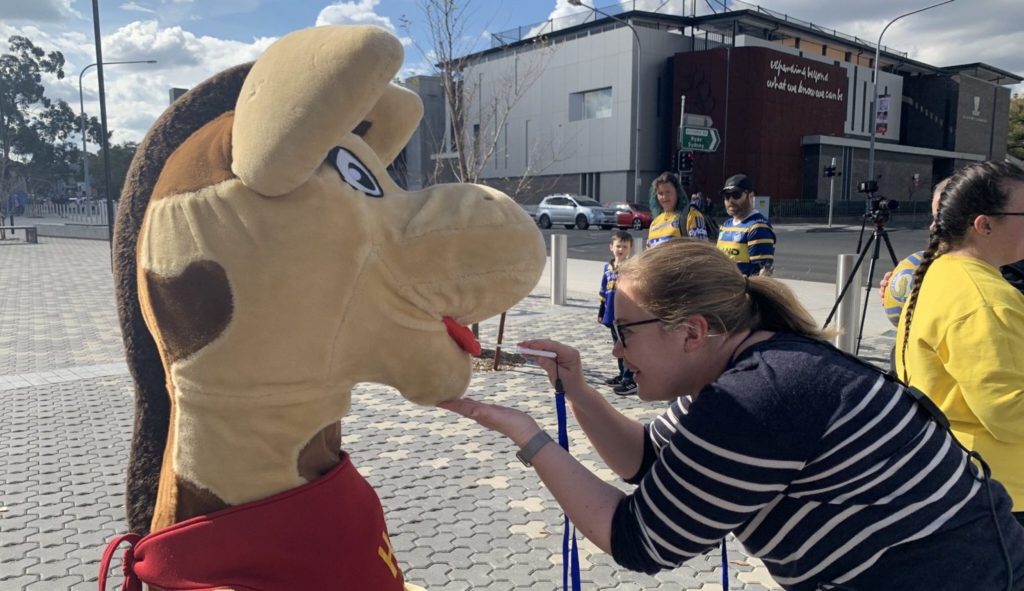





 BORN deaf, Jennifer Holland wore hearing aids until, aged three, her hearing inexplicably returned.
BORN deaf, Jennifer Holland wore hearing aids until, aged three, her hearing inexplicably returned.
 Jennifer Holland’s light-bulb moment came in a Brisbane doctor’s surgery in 2009.
Jennifer Holland’s light-bulb moment came in a Brisbane doctor’s surgery in 2009.